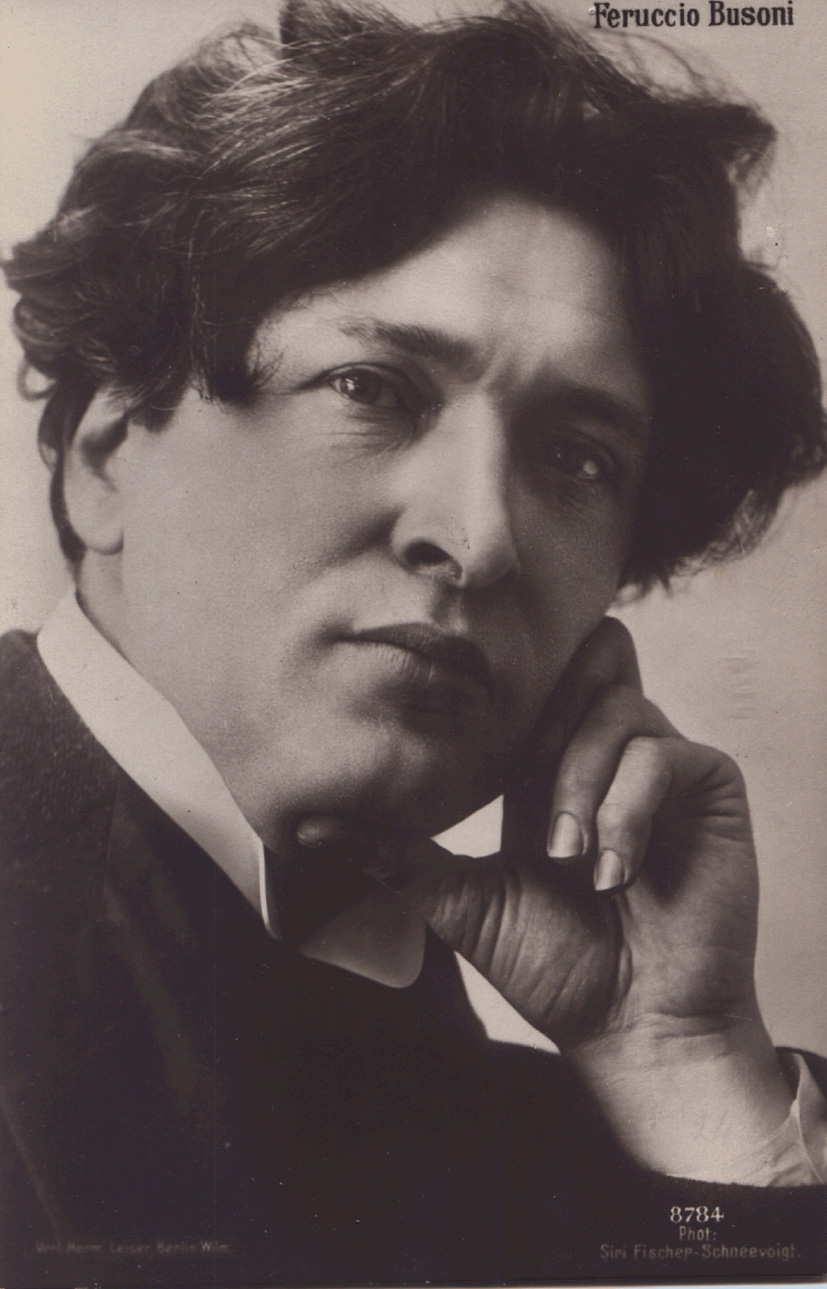In my research for my "12 Works of Christmas" articles I came across many pieces and composers I'd never heard of before, and one of the more intriguing figures I discovered was Harold Samuel (1879-1937). Samuel wasn't really a composer, at least not a full-time one, but was a very active and highly respected British pianist, one of the first to play Bach's works extensively in the 20th century. His Bach knowhow was so extensive that he had all of Bach's keyboard works memorized, something one prepares for with little time for anything else, though through that he did compose a number of songs and small instrumental pieces. That doesn't mean anybody knows about them, as the usually authoritative Grove Music Online had one sentence on his composition: "He was also a minor composer." Well, it's hard to be anything but minor in the face of contemporaneous British masters like Howells, Bax, Bridge, Ireland, Moeran, Grainger, Delius and Baines writing the crap out of piano and vocal music at the time. IMSLP had a handful of songs written by him and a piano set, Two Sketches, which caught my eye for more reasons than one. The first sketch, "Campden Hollow", is a haunting and nostalgic elegy for the English countryside that, while not necessarily groundbreaking, does have a chord or two I've never heard before (and I might get to it eventually, along with the songs). The second piece had a more timely nature:
Written on Christmas Day, 1925, "A Carol" is a good example of very active piano writing that doesn't get in the way, featuring a babbling brook of thirds in the middle voices that compliment the melody rather than overwhelming it. The tune is an original and is in the tradition of the best up-tempo Christmas carols - that is, ones in compound meters like "Bring a Torch, Jeanette Isabella" and the "Sussex Carol". The harmonies aren't new per se but they are deeply felt, such as that heart-resounding addition of the G-flat in bar 9 and the incredibly delicate shift to E-minor on the third page. It's a piece that's so self-explanatory and apt for the season it's a shame it isn't better known, as it'd be a welcome addition to just about any Christmas concert. I made a recording myself for this year and am presenting it as a gift to my Grandparents, who are eternally generous and kind and I don't get to see nearly as often as I should because of the thousand-mile distance between us. Here's to a Merry Christmas to yours, mine and ours, wherever they may be.
~PNK








































